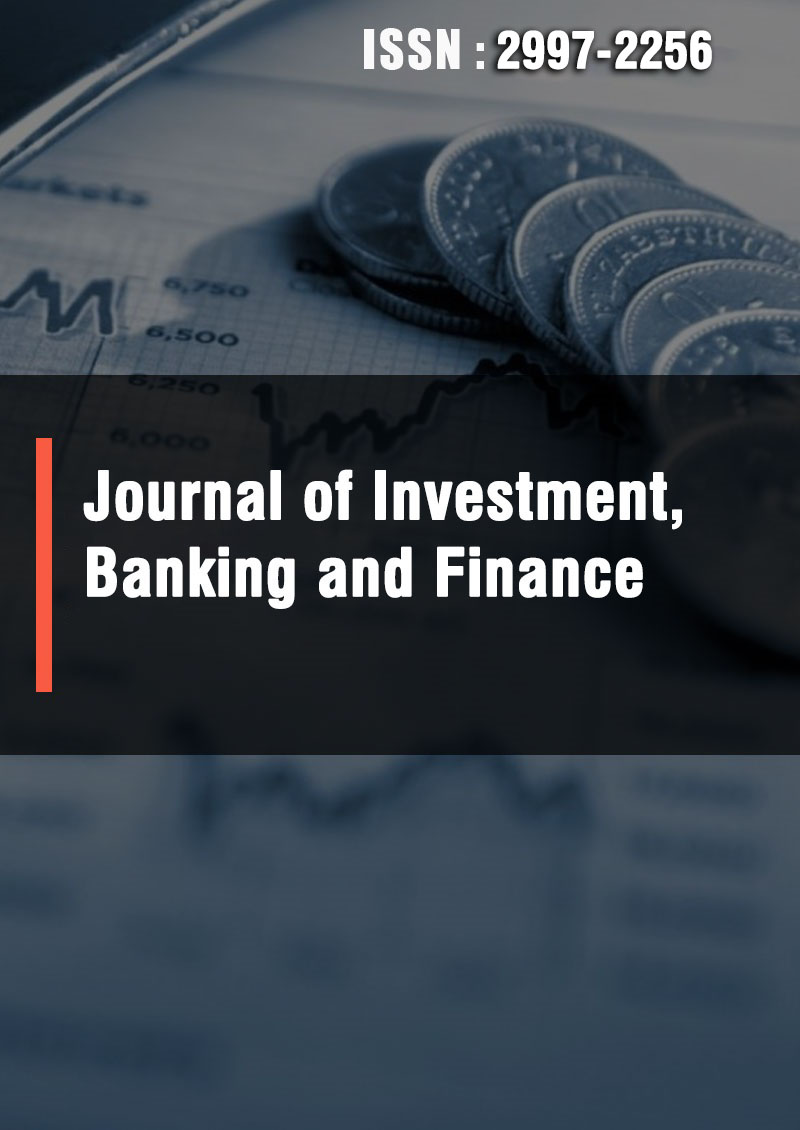Capital Structure's Impact on Financial Performance in A Selected Bank in Nigeria
Abstract
Oluwadare Bolanle Peace and Chukwuka John Onyenania
This study explores the relationship between capital structure and financial performance, focusing on the metrics of gross profit margin (GPM), return on capital employed (ROCE), return on assets (ROA), and return on equity (ROE) in the context of business firms and banks in Nigeria. Drawing on secondary data from ten selected Nigerian firms over five years, the study uses quantitative methods, specifically regression analysis, to investigate the influence of capital structure on financial performance. The findings suggest that capital structure, particularly the debt-equity ratio (DER), has a significant yet complex effect on key performance indicators such as ROA and ROCE. The study also highlights that while capital structure directly impacts the gross and net profits of firms, the relationship between capital structure and operating profit is less definitive due to the influence of external factors such as market forces and economic conditions. Key findings indicate a weak positive correlation between capital structure and gross profit (R2 = 0.147), and a similarly low correlation between capital structure and net profit (R2 = 0.108), suggesting that changes in capital structure explain a small proportion of variations in financial performance. Despite the low correlations, the study emphasizes the importance of optimizing capital structure to enhance profitability, particularly in the banking sector where leverage can significantly affect financial outcomes. These findings align with previous empirical research, which shows an inverse relationship between leverage and financial performance in both Ghana and Nigeria. The study concludes that capital structure plays a pivotal role in shaping the financial performance of firms, particularly in terms of ROA and ROCE, but its effect on other profitability metrics, such as operating profit, is less pronounced. Business managers are encouraged to carefully consider their capital structure decisions, as an imbalanced capital structure can negatively impact borrowing capacity and overall profitability. Further research is recommended to explore the nuanced interactions between capital structure and external market conditions, especially in developing economies.



